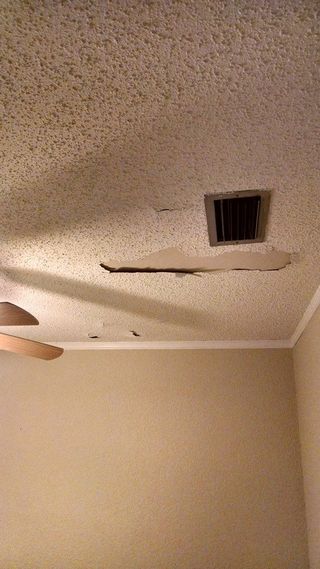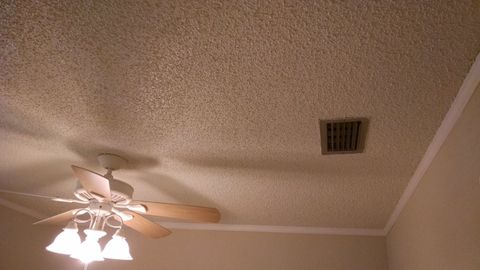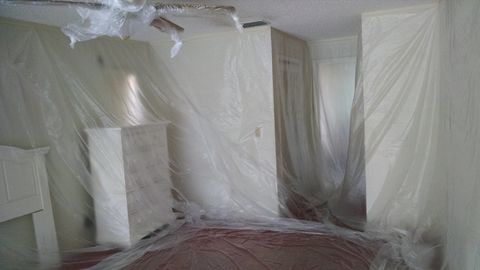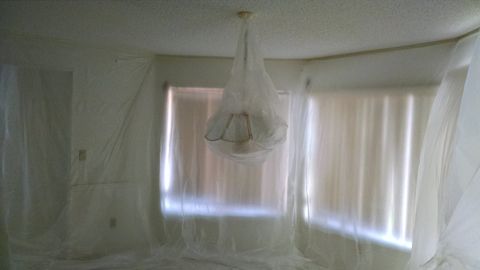Popcorn Ceiling Removal in Citrus County, FL

It is time to update your ceiling. This is a huge task as a home owner, but we can make this job easy for you. Our experts know exactly what they are doing and will efficiently and effectively create a smooth, new ceiling that will instantly create a classy, finished look for your home.
Remodeling your home is a worthy investment, and updating ceilings can really increase your property value. Not only will
your property value increase, but your home's appeal will increase for you to enjoy as well.
If you are interested, get in touch with us for a free estimate and more details. Our team, in Tampa, Fl, will take special care to make sure that your home is clean and we will maintain a work environment that is not a stress to you. We guarantee to eliminate any worry and are confident that our process will leave you truly amazed.
What to Expect With Your Service
Initially, we fully prep a room for work by hanging a plastic cover from the walls and also placing a plastic cover on the
floors. We connect the wall covers to the floor covers using a spray adhesive so the whole room is completely sealed
allowing no popcorn or debris to come in contact with the actual floor or walls. Once the room is sealed we put down
another layer of plastic covering on the floors to catch the falling popcorn and debris. We then completely wrap all
fixtures (fans, lights) with plastic as well, taking off any air vents so the popcorn can be removed beneath them.
Once the room is completely taped off, we use a paint sprayer filled with water to wet down the popcorn. Whether or not the popcorn is painted will determine how much water is needed to remove the popcorn, but we try to limit the amount of water used. Once the popcorn is fully wet we take a sharp 10 to 12 inch drywall knife connected to a pole which we call a scraper to start scraping off the popcorn.
Once all the popcorn is removed from the ceiling, we look over the ceiling for damages - tape seams, cracks, holes or
damaged drywall. We remove all damaged tape seams and replace them with a much stronger mesh tape and damaged
drywall will be removed and replaced with new drywall. After all seams are removed and damaged drywall is replaced, the
whole ceiling will be primed using a quick drying Zinsser primer. Once the ceiling is primed and fully dried, the seams and
holes will be skimmed out with either a 5 or 20 minute quick setting mud multiple times until a smooth enough finish is
created. Any edges left will then be sponged or sanded.
The texture the customer wants determines what is done next. Once texture has been applied and the ceiling has been finished, all plastic is removed from the walls and fixtures and put into an industrial strength trash bag. Any small messes made would then be cleaned up so the room is left as clean or cleaner than before work initially began.
The texture the customer wants determines what is done next. Once texture has been applied and the ceiling has been finished, all plastic is removed from the walls and fixtures and put into an industrial strength trash bag. Any small messes made would then be cleaned up so the room is left as clean or cleaner than before work initially began.
For a free quote, call us at 727-674-1614






